Key Takeaways
Yen Jui-Lin’s wooden sculptures reimagine storytelling through dynamic forms that balance humor and craftsmanship. His figures, characterized by exaggerated limbs and whimsical facial expressions, evoke a sense of playful motion, as if frozen mid-dance or mid-laugh. By integrating organic elements like twisting branches or leafy textures into human-like forms, the artist bridges the gap between nature and fantasy, inviting viewers to interpret each piece as a page from an unwritten tale. The sculptures’ stretched proportions—elongated necks, spiraling limbs—challenge traditional woodcarving norms while nodding to cartoonish absurdity. At the same time, subtle details, such as etched wrinkles or carved botanical patterns, reveal a meticulous attention to materiality. This fusion of technique and imagination positions his work as both a celebration of Taiwanese folk art traditions and a fresh exploration of contemporary sculptural language.
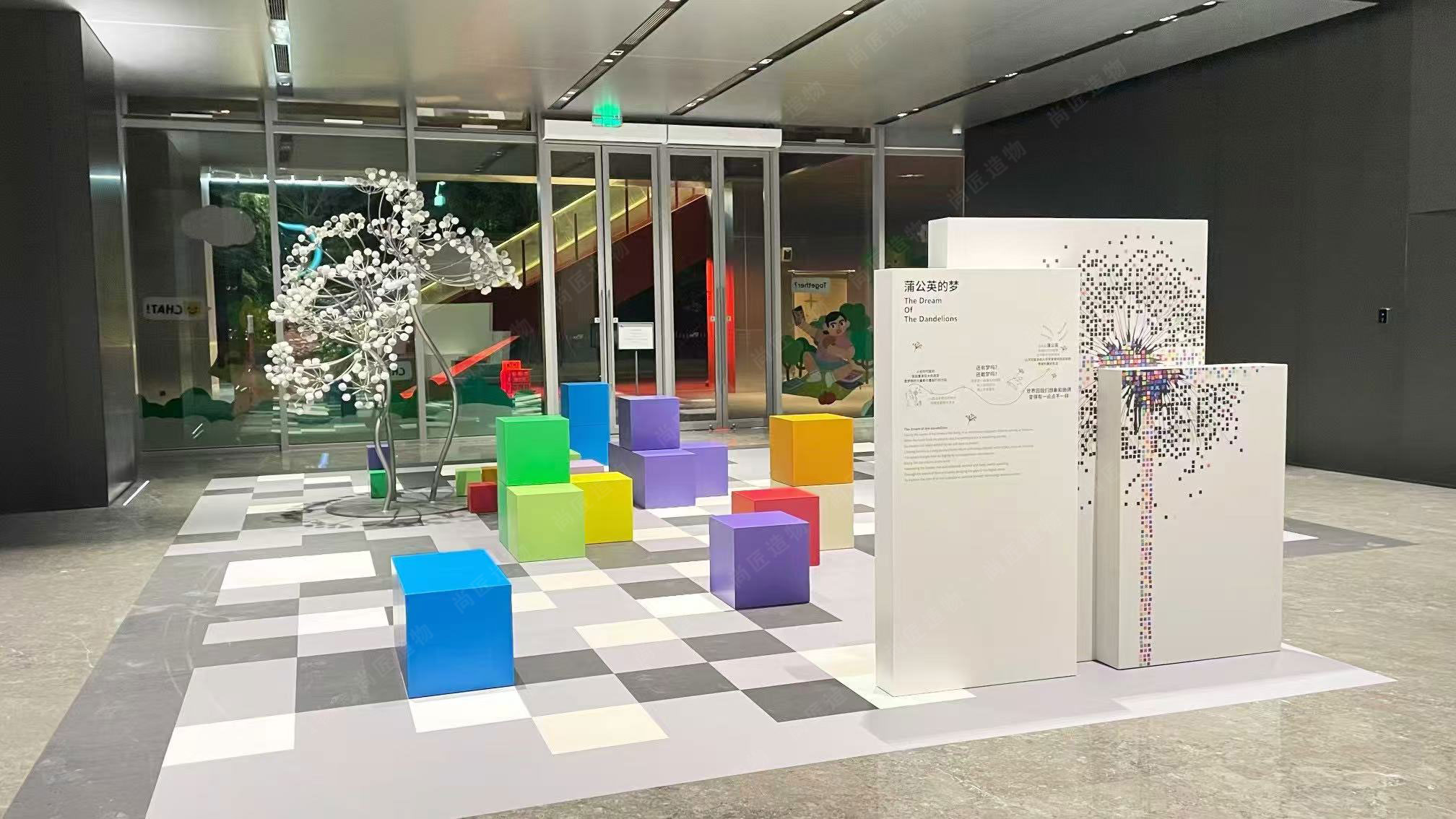
Yen Jui-Lin's Wooden Storybook Characters
Yen Jui-Lin’s wooden sculptures evoke the charm of storybook characters brought to life. His figures, carved with elongated limbs and exaggerated features, seem to leap from the pages of a fantastical tale. By blending organic wood textures with imaginative forms, Yen creates a visual language that bridges folklore and modern whimsy. Each piece tells a micro-narrative—a child peeking through foliage, a figure balancing on tiptoe—inviting viewers to interpret their hidden stories.
"Wood carries its own history. When I carve, I’m not just shaping material—I’m collaborating with the tree’s memory," Yen remarked in a 2022 interview.
A defining trait of his work is the integration of botanical elements. Branches become hair, knots transform into eyes, and wood grain mimics flowing fabric. This interplay between natural imperfections and deliberate craftsmanship gives his figures a sense of spontaneity, as if they grew into their playful poses organically. For collectors of cartoon sculpture, Yen’s pieces stand out for their ability to balance simplicity with intricate detailing.
| Traditional Carving | Yen’s Approach |
|---|---|
| Realistic proportions | Stretched, dynamic forms |
| Static poses | Motion-filled stances |
| Polished finishes | Raw, textured surfaces |
Tip: To appreciate Yen’s work, observe how he uses wood’s natural curves to suggest movement—a twisted trunk becomes a spinning dancer, while a gnarled branch mimics a mischievous grin. His sculptures reward slow viewing, revealing subtle surprises in every angle. By merging Taiwanese woodworking traditions with cartoonish exaggeration, Yen redefines how storytelling can exist in three-dimensional form.
Whimsical Carvings Blend Nature and Fantasy
Yen Jui-Lin’s wooden sculptures occupy a space where the organic and the fantastical intertwine. His figures, with elongated limbs and exaggerated features, evoke a childlike curiosity while maintaining sophisticated craftsmanship. Twisting branches morph into limbs, while bark textures merge seamlessly with humanoid faces, creating hybrid forms that feel both familiar and otherworldly. This interplay reflects a deliberate blurring of boundaries—tree roots become flowing hair, and floral patterns emerge from torsos as if the figures themselves are ecosystems.
The artist’s use of botanical motifs extends beyond aesthetics. By embedding leaves, vines, and blossoms into his carvings, Yen anchors his whimsy in Taiwan’s lush natural environment. These elements act as visual metaphors, suggesting growth, transformation, and the interconnectedness of life. His approach mirrors traditional woodcarving techniques reimagined through a modern, IP character sculpture lens, where folklore meets contemporary playfulness. Even the expressions on his figures—mischievous grins or wide-eyed wonder—subtly echo the unpredictability of nature, inviting viewers to question where reality ends and imagination begins. This balance ensures each piece feels like a page from a living storybook, one shaped equally by the artist’s chisel and the whispers of the forest.
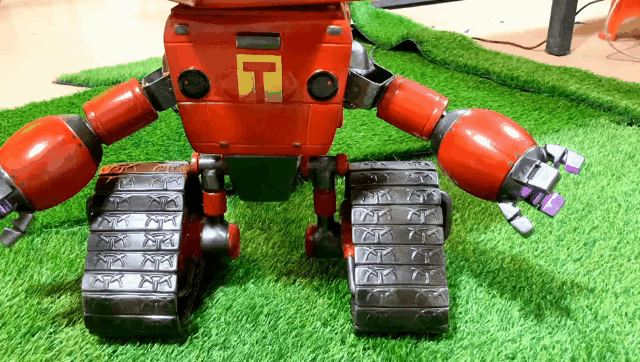
Stretching Reality with Cartoonish Wood Sculptures
Yen Jui-Lin’s wooden figures defy conventional proportions, stretching limbs and torsos into elastic, dreamlike forms that evoke the fluidity of animation. By exaggerating anatomical features—elongated necks, bulbous noses, and limbs that spiral like vines—the artist injects a sense of dynamic motion into static wood. This distortion of reality mirrors the exaggerated expressions found in classic cartoons, yet retains an organic warmth unique to hand-carved craftsmanship. The sculptures’ twisted postures and whimsical asymmetry suggest characters caught mid-action, as if frozen in a storybook scene.
While Yen’s work leans into fantasy, subtle botanical motifs—such as wood grains shaped into leaf-like textures or bark patterns mimicking foliage—anchor the pieces in natural inspiration. This interplay between the absurd and the earthly creates a visual tension that challenges viewers to reinterpret familiar forms. Notably, his approach contrasts with more rigid mediums like fiberglass sculpture, embracing wood’s inherent irregularities to enhance each figure’s idiosyncratic charm. Through this balance of distortion and detail, Yen transforms humble timber into portals to animated worlds, where logic bends and imagination takes root.
Botanical Growths in Taiwanese Wood Art
Yen Jui-Lin’s carvings reimagine wood not merely as a medium but as an extension of nature itself. His figures often feature limbs elongated like saplings, torsos textured with bark-like grooves, and hair cascading into leaf-shaped curls. These botanical elements are not decorative afterthoughts—they anchor his work in Taiwan’s lush ecosystems, where forests cover over 60% of the land. By integrating sprouting branches or root-like feet, Yen blurs the line between human forms and organic growth, suggesting a symbiotic relationship between characters and their environments.
This approach contrasts with Realistic sculpture traditions that prioritize anatomical precision, instead embracing wood’s inherent irregularities. Knots become eyes, grain patterns mimic clothing folds, and splits in the material transform into whimsical gaps in a figure’s posture. Such techniques reflect Taiwan’s woodcraft heritage, where artisans historically utilized local cypress and camphor woods for both functional and ceremonial objects. Yen’s fusion of flora and fiction invites viewers to reconsider how storytelling can emerge from the dialogue between artist, material, and ecological context—a theme that flows seamlessly into the exploration of expressive facial details in his subsequent works.
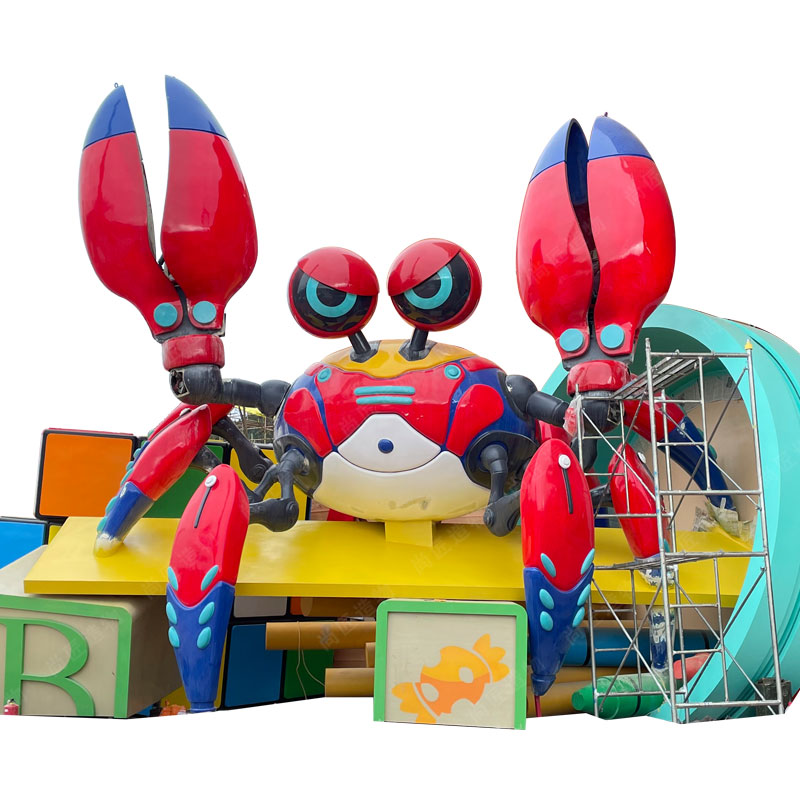
Expressive Faces in Yen Jui-Lin's Sculptures
Yen Jui-Lin’s wooden figures derive their narrative power from meticulously crafted facial expressions that oscillate between mischief and introspection. Each sculpture’s visage—characterized by exaggerated eyes, arched brows, or asymmetrical grins—serves as a visual anchor, guiding viewers into the emotional core of the work. The artist manipulates wood grain patterns to accentuate cheekbones or forehead creases, creating depth that mimics organic human features while retaining a stylized, cartoonish charm. This interplay of realism and fantasy allows the figures to convey complex emotions, from childlike wonder to wry humor, without relying on written narratives.
Notably, Yen’s approach to facial design aligns with traditional Taiwanese puppet theater, where exaggerated expressions amplify storytelling clarity. However, his integration of botanical elements—such as bark-textured skin or moss-like facial hair—introduces a surreal layer that blurs boundaries between human and natural forms. These hybrid faces often appear caught mid-motion, a subtle nod to kinetic sculpture principles, as if the figures might suddenly blink or smirk. By balancing whimsy with anatomical precision, Yen transforms static wood into dynamic characters that invite viewers to imagine the untold stories behind each carved grin or furrowed brow.
Imaginative Carving Techniques from Taiwan
Yen Jui-Lin’s approach to wood carving draws deeply from Taiwan’s rich heritage of artisanal craftsmanship while infusing contemporary whimsy. Unlike traditional woodcarving, which often prioritizes symmetry or realism, Yen employs a dynamic method that exaggerates proportions and integrates organic motifs. His process begins with selecting locally sourced timber, favoring woods like camphor or cedar for their malleability and aromatic qualities. Using chisels and gouges, he elongates limbs, distorts facial features, and carves intricate botanical patterns—such as vines or mushrooms—directly into the figures’ bodies. This fusion of human and natural elements reflects Taiwan’s lush landscapes and cultural narratives.
A key aspect of Yen’s technique lies in his balancing act between precision and spontaneity. He often leaves sections of the wood partially unfinished, allowing the material’s natural grain to suggest textures or shapes. This interplay between intentional design and organic imperfection creates a sense of movement, as if the figures are caught mid-transformation. While his style evokes playful cartoonishness, it also nods to Taiwan’s history of folk art, where storytelling and symbolism are carved into everyday objects. For those interested in contrasting mediums, stainless steel sculpture offers a modern counterpoint to Yen’s wood-based whimsy, highlighting how material choices shape artistic expression. By reimagining traditional methods, Yen bridges past and present, transforming static wood into narratives that feel alive.
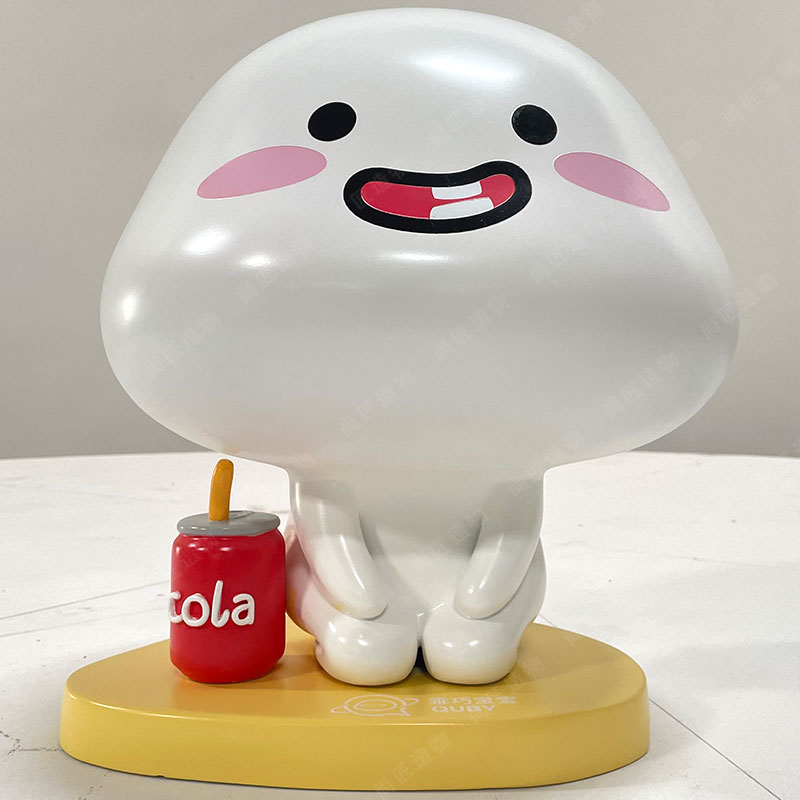
Playful Wood Figures Redefine Storytelling
Yen Jui-Lin’s wooden sculptures challenge conventional narrative traditions by transforming static carvings into dynamic visual tales. Unlike traditional storytelling, which relies on linear progression or written text, his figures communicate through exaggerated proportions and organic details. Elongated limbs twist like vines, while torsos sprout leaf-like patterns, merging human forms with botanical motifs. These choices evoke a sense of growth and transformation, as if each figure is mid-journey in its own fantastical plot.
The artist’s approach to facial expressions further amplifies this narrative shift. Wide, uneven eyes and tilted grins convey emotions ranging from mischief to wonder, inviting viewers to interpret their stories. By avoiding literal depictions, the sculptures become open-ended canvases where observers project their own imaginations. This interplay between form and interpretation bridges Taiwan’s rich woodcarving heritage with contemporary whimsy, creating a dialogue between material and metaphor.
Transitioning seamlessly from technical craftsmanship to artistic intuition, Yen’s work demonstrates how three-dimensional art can bypass language barriers. Each piece functions as a silent storyteller, where curves, textures, and asymmetry replace words, redefining how stories are both told and experienced.
Yen Jui-Lin’s Quirky Sculptures and Their Charm
Yen Jui-Lin’s wooden sculptures captivate viewers through a balance of humor and craftsmanship. His figures, often resembling characters from an animated storybook, feature exaggerated limbs and faces that twist into comical expressions. These playful distortions create a sense of movement, as if the sculptures might spring to life at any moment. What sets his work apart is how seamlessly he integrates organic elements—like branches or root-like textures—into human-like forms, blurring the lines between nature and imagination.
The charm of Yen’s art lies in its accessibility. While rooted in traditional Taiwanese woodcarving techniques, his approach feels modern and universal. The sculptures’ wide-eyed wonder and mischievous grins evoke childhood nostalgia, yet their intricate details—such as carved floral patterns or textured surfaces—reward closer inspection. This interplay of simplicity and complexity invites viewers to project their own stories onto the pieces, transforming static wood into dynamic narratives. By merging folk art sensibilities with cartoonish whimsy, Yen bridges generations, appealing to both art enthusiasts and casual observers alike.
Conclusion
Yen Jui-Lin’s wooden sculptures stand as a testament to the power of blending tradition with boundless imagination. Through elongated limbs, whimsical facial expressions, and organic motifs like sprouting branches or blooming flowers, his work bridges the gap between human creativity and the natural world. These playful figures do more than entertain—they invite viewers to reconsider the boundaries of storytelling, where wood grain becomes a narrative element and exaggerated forms evoke emotional resonance. By merging Taiwanese woodcarving techniques with cartoonish aesthetics, Yen Jui-Lin challenges conventional perceptions of sculpture, transforming static material into dynamic tales of fantasy. His art not only preserves cultural craftsmanship but also redefines it, proving that even centuries-old traditions can evolve into vibrant, contemporary expressions. As audiences engage with his quirky creations, they are reminded that art, at its core, thrives on the marriage of skill and unbridled wonder.
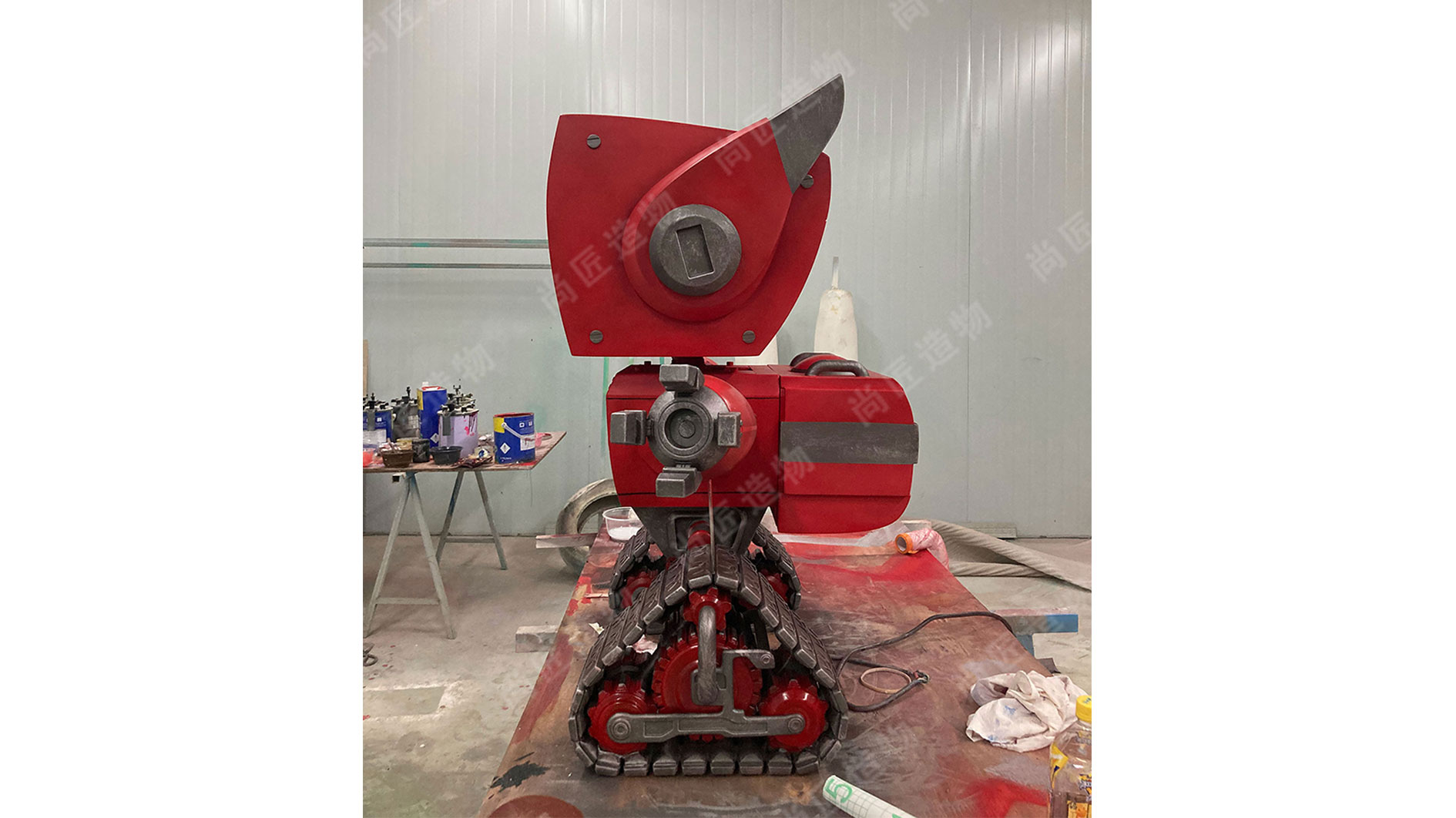
FAQs
How does Yen Jui-Lin incorporate nature into his cartoonish sculptures?
Yen integrates botanical elements like branching limbs, leaf-like textures, and root-inspired bases into his wooden figures. These organic details contrast with the exaggerated, stretched forms of his characters, creating a visual dialogue between human imagination and natural growth.
What makes Yen’s sculptures resemble storybook characters?
The elongated limbs, oversized heads, and theatrical poses of his figures evoke classic cartoon aesthetics. By blending whimsical facial expressions with dynamic postures, Yen crafts visual narratives that suggest movement and emotion, as if frozen mid-story.
Are traditional Taiwanese woodworking techniques used in these sculptures?
While Yen employs modern carving tools for precision, his work nods to Taiwan’s woodcraft heritage through organic shaping methods. He often retains natural wood grains and imperfections, allowing the material’s inherent qualities to guide his playful designs.
Why do the sculptures feature exaggerated facial expressions?
Yen amplifies emotions like curiosity, surprise, or mischief through oversized eyes and stretched smiles. This approach heightens the storytelling aspect, inviting viewers to interpret each character’s personality and backstory.
How do the sculptures balance fantasy and realism?
By merging human-like forms with impossible proportions and plant-based features, Yen creates hybrid beings that feel both familiar and fantastical. This tension between the recognizable and the imaginary defines his unique artistic language.
 ch
ch English
English






